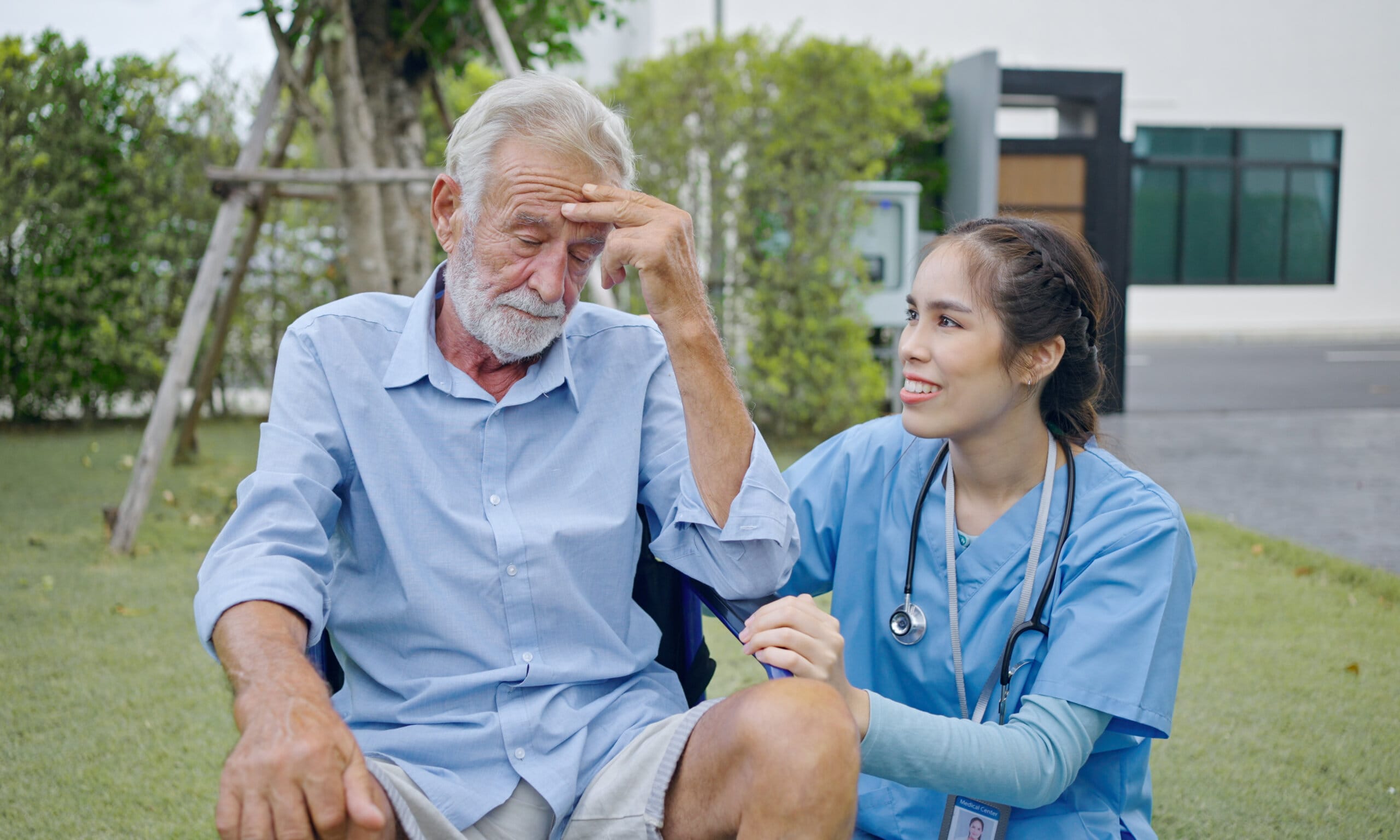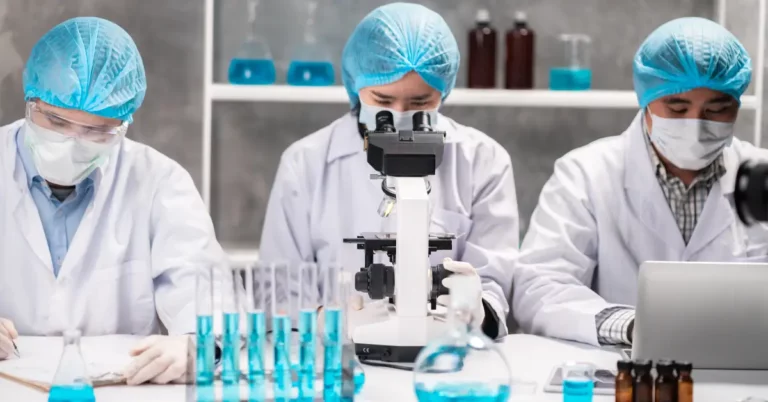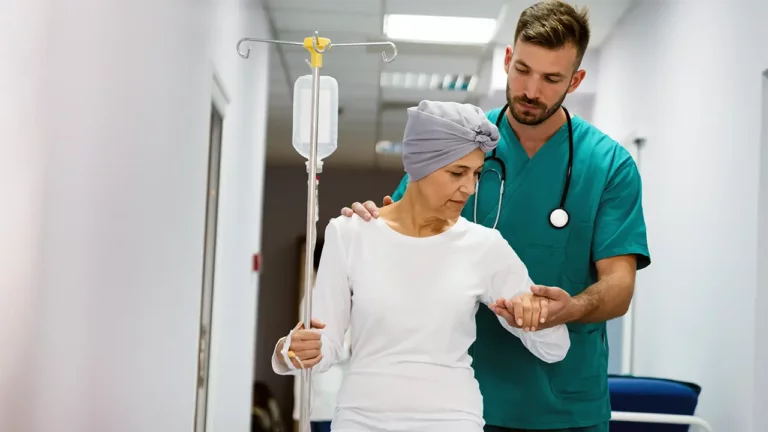Recently, heatwaves have been more frequent and severe, leading to a rise in heat-related diseases such as heat exhaustion and heat stroke. These conditions not only pose significant health risks but also place unprecedented demands on healthcare systems worldwide. The strain on emergency services and hospital resources is growing, with rising temperatures driving an increase in hospital admissions and emergency room visits. In this article, we’ll explore the mounting pressure heat-related illnesses are putting on our healthcare infrastructure, delve into the financial and operational challenges faced by healthcare providers, and discuss the essential strategies needed to manage this escalating crisis effectively. Understanding these dynamics is crucial for both healthcare professionals and patients to navigate the impacts of extreme heat and ensure a resilient response to this pressing public health issue.
The Impact of Heat-Related Diseases
According to the Center for American Progress, heat-related illnesses, including heat exhaustion and heat stroke, place significant stress on healthcare systems. The report highlights that extreme heat events contribute to an estimated $4.8 billion in annual healthcare costs due to increased hospital admissions and emergency care demands. This surge in cases requires that healthcare protocols adapt swiftly to manage the increased strain effectively. Efficient patient management and disease control are essential to mitigating the impact and ensuring timely care.
Unlocking the power of RPM
Remote Patient Monitoring (RPM) is proving to be a game-changer in managing the impact of heat-related diseases. RPM allows for continuous tracking of patients’ vital signs and health metrics, offering real-time data that is critical for condition management during extreme heat. This technology supports chronic condition protocols and helps in aligning with treatment management guidelines.
Key approaches for managing heat-related diseases and the role of RPM technology:
| Key Approaches for Managing Heat-Related Diseases | The Role of RPM Technology |
|---|---|
| Enhanced Hydration Strategies Implement guidelines for increased fluid intake. | Real-Time Health Monitoring RPM provides continuous tracking of vital signs, aiding early detection of heat stress. |
| Cooling Measures and Safe Environments Ensure access to cooling centers and use of fans. | Data-Driven Interventions RPM allows for data collection that helps adjust care protocols based on real-time conditions. |
| Emergency Preparedness and Response Plans Develop and execute comprehensive heatwave response plans. | Personalized Care Management RPM enables tailored management plans based on individual health metrics and conditions. |
| Public Awareness and Education Educate the public on heat safety and symptoms of heat-related illnesses. | Proactive Health Alerts RPM can send alerts for unusual health patterns, prompting timely medical responses. |
| Adjusting Medication and Treatment Protocols Review and adjust medications for chronic condition management. | Integration with Healthcare Systems RPM integrates with electronic health records, facilitating better coordination of care and adherence to treatment protocols. |
This table highlights the key approaches for managing heat-related diseases and demonstrates how Remote Patient Monitoring (RPM) technology supports each strategy.
Uncovering the Financial and Operational Strain
Rising costs of heat-related care
Heatwaves drive up healthcare costs significantly. Increased hospital admissions, emergency room visits, and prolonged treatments contribute to a substantial financial burden on healthcare systems.
Strain on healthcare resources
During heatwaves, healthcare facilities experience a surge in patient volume, straining their resources. This includes increased demand for hospital beds, medical supplies, and emergency services.
Staffing pressures and burnout
The spike in heat-related cases places added pressure on healthcare staff. The increased workload leads to staffing shortages, longer shifts, and potential burnout among medical professionals, impacting the quality of care and overall healthcare efficiency.
Winning the Heatwave Battle: Effective RPM Strategies
Implementing remote patient monitoring
Remote Patient Monitoring (RPM) offers a proactive approach to managing heat-related diseases. By continuously tracking patients’ health metrics, RPM enables early detection of heat stress and timely interventions, reducing the need for emergency care and hospital admissions.
Optimizing resource allocation
RPM helps optimize resource allocation by providing real-time data on patient health. This allows healthcare providers to prioritize care based on severity and need, ensuring that resources are used efficiently and effectively during heat waves.
Enhancing patient management
With RPM, healthcare providers can offer personalized care management tailored to individual needs. RPM facilitates adherence to chronic condition protocols and helps adjust treatment plans based on real-time health data, which is crucial during extreme heat events.
Improving decision-making and response
RPM provides valuable insights that enhance decision-making and response strategies. By integrating RPM data into healthcare systems, providers can better plan and execute their response to heat waves, ensuring timely and effective management of heat-related conditions.
Conclusion
Heat-related diseases are overwhelming our healthcare systems like never before, but Remote Patient Monitoring (RPM) is here to turn the tide. By embedding RPM into healthcare management strategies, we unlock the potential to revolutionize disease control, refine chronic condition protocols, and elevate overall health management. With RPM, we’re not just surviving the heatwave; we’re mastering it and ensuring every patient gets exceptional care when it matters most.
Contact us today to learn more about integrating RPM into your healthcare strategy and join the movement toward smarter, more responsive care. Let’s master the heatwave together and ensure every patient receives the exceptional care they deserve.
Disclaimer: The information in the article is for informational purposes only and should not be considered medical advice. Individual circumstances may vary, so readers are encouraged to consult healthcare professionals for personalized guidance. The authors and publishers do not assume any liability for decisions made based on this content.








